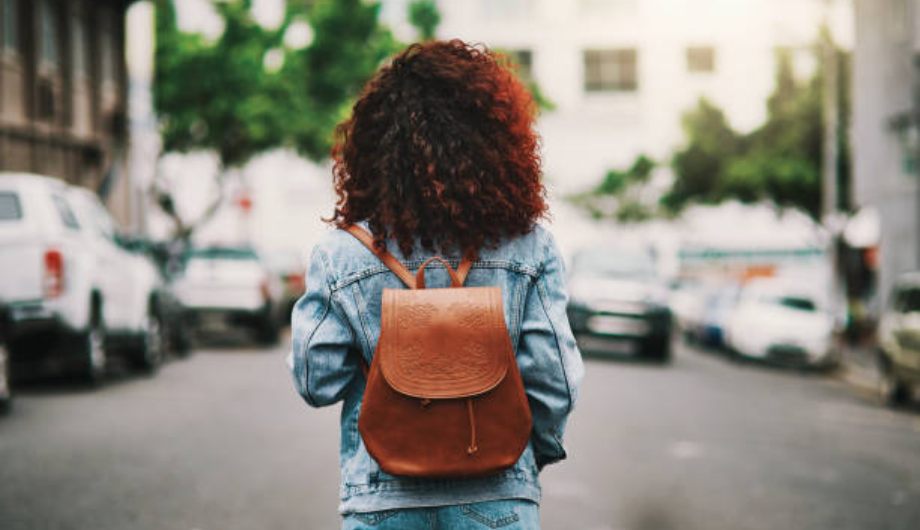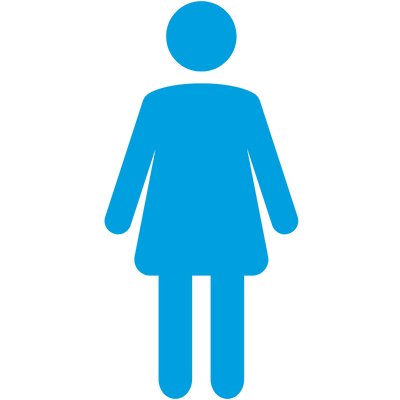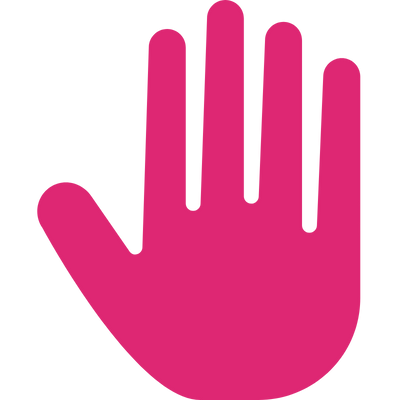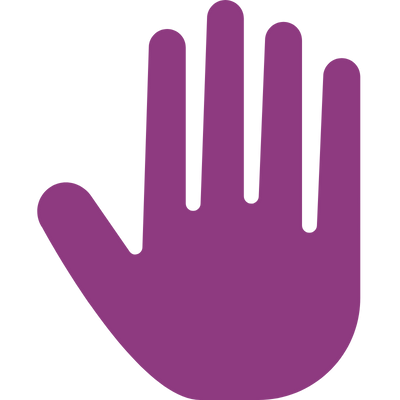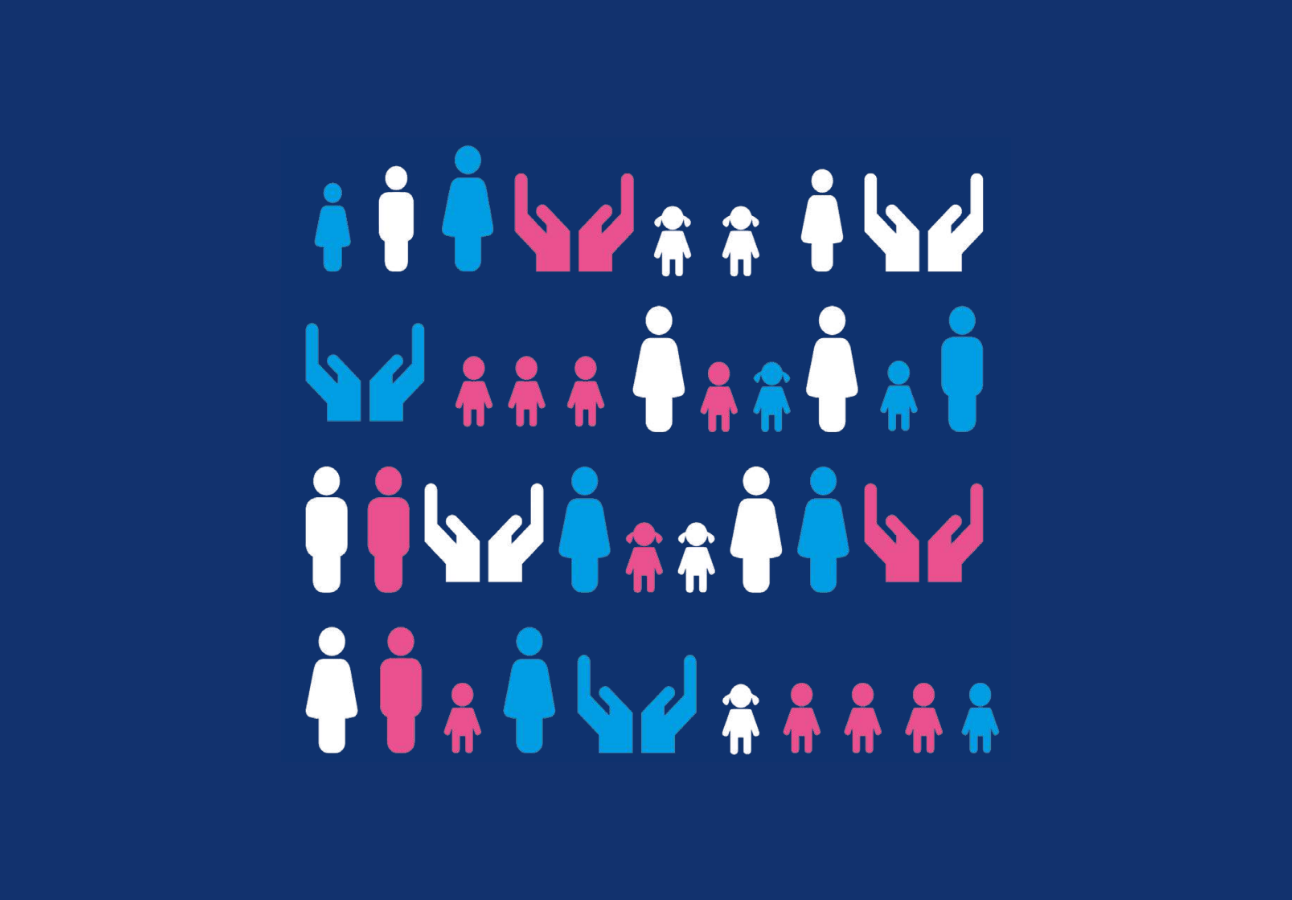This Spotlight report focuses on young people aged 13 to 17 who experience domestic abuse in an intimate partner relationship or who demonstrate harmful behaviours towards a family member. The report is part of our Spotlight series which looks at how some victims and survivors of domestic abuse are hidden from services and/or have unmet needs and proposes recommendations for both practitioners and policymakers.
Safe Young Lives uses SafeLives’ Insights national datasets and national Marac dataset to help demonstrate the extent of domestic abuse that young people suffer. Combined, this is the largest dataset in the UK on domestic abuse. The report also draws on wider evidence to help understand the experiences of young people and the support they need. This includes evidence from practitioners, experts and, most importantly, the views of young survivors and their parents.
